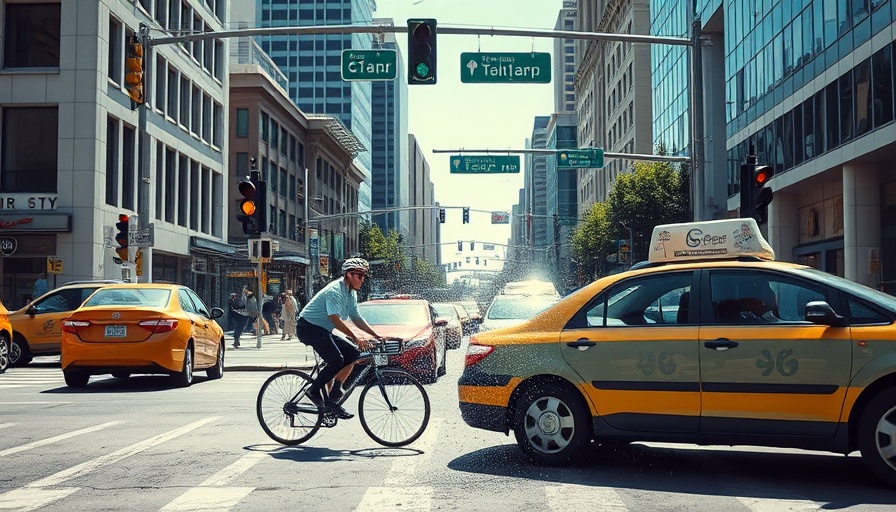
A Journey Down Pleasant Avenue: Echoes of Italian Harlem
In the vibrant tapestry of New York City, Pleasant Avenue stands as a solitary reminder of a bygone era—Italian Harlem. Once bustling with life in the 1930s, this stretch was the heart of New York's largest Little Italy, extending from 96th to 125th Street. However, following World War II, a series of demographic shifts led to the predominance of Spanish-speaking communities, transforming the neighborhood into Spanish Harlem or El Barrio.
From Little Italy to Spanish Harlem: A Historical Transition
The transformation of East Harlem is emblematic of New York's ongoing changes. As Italian Americans moved to the suburbs, Pleasant Avenue became a vestige of its Italian roots, narrating stories of family legacies and home-cooked aromas through its narrow lanes. Gerald Meyer, a former academic, notes that the first Italians settled here in 1878, bringing with them a rich cultural heritage intertwining food, family, and strong community ties.
The Murky Legacy of Crime: Tales from the Past
However, alongside vibrant cultural memories, Pleasant Avenue also carries a notorious reputation as a Mafia stronghold. With high-profile figures like Anthony Salerno—head of the Genovese crime family—having roots in this area, the street gained infamy as a setting for gangland activities and notorious events. Movies like "The Godfather" immortalized Pleasant Avenue, bridging the gap between fact and fiction, but leaving a shadow over its evolving identity.
Preserving a Cultural Legacy: Festivals and Community Ties
Today, while much of its Italian heritage has faded, the essence of Pleasant Avenue is kept alive through traditions like the Giglio Feast, celebrated annually since 1908. This festival—and the vibrant Our Lady of Mount Carmel church—remind residents and visitors of the rich narratives that still flow through this neighborhood despite the tides of change.
Present-Day Reflections: What Lies Ahead for Pleasant Avenue?
As the neighborhood continues to gentrify, the question arises: What is the future of Pleasant Avenue? While the organized crime influence has largely diminished, the street remains a canvas for new stories, blending the old with the new. It raises a call for preservation, ensuring that the memories of what once was are not entirely lost to time. The community’s evolution serves as a critical reminder of the various waves of immigration that shape America’s cultural landscape.
To truly appreciate this unique slice of New York, visit Pleasant Avenue, experience its nostalgia, and perhaps even catch a glimpse of its continuing transformation. As we reflect on its storied past, we’re reminded that neighborhoods, much like people, carry the weight of their histories as they forge into the future.
 Add Row
Add Row  Add Element
Add Element 



Write A Comment